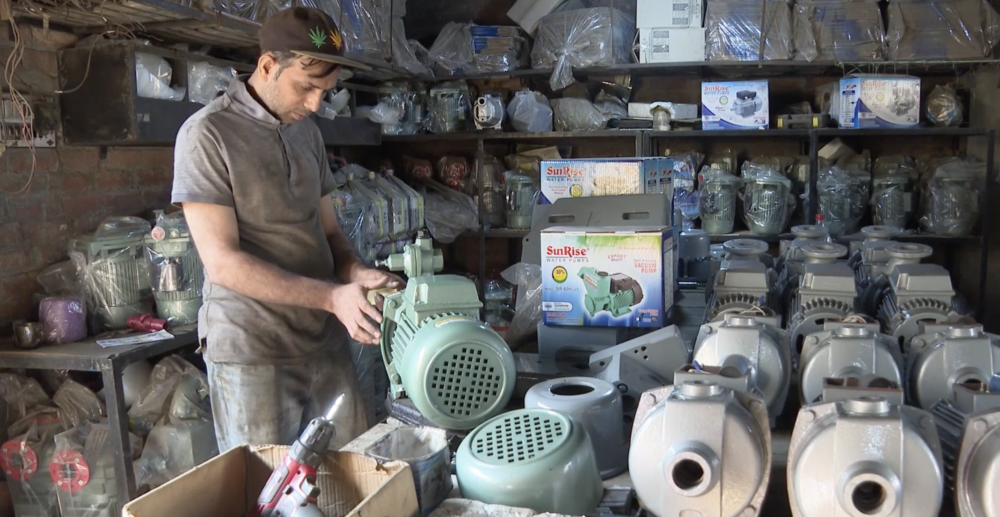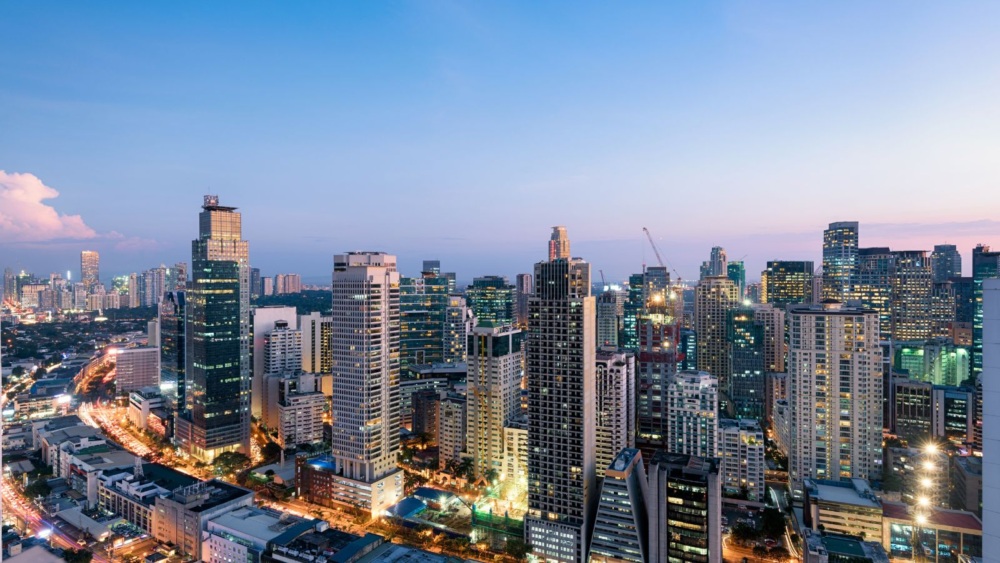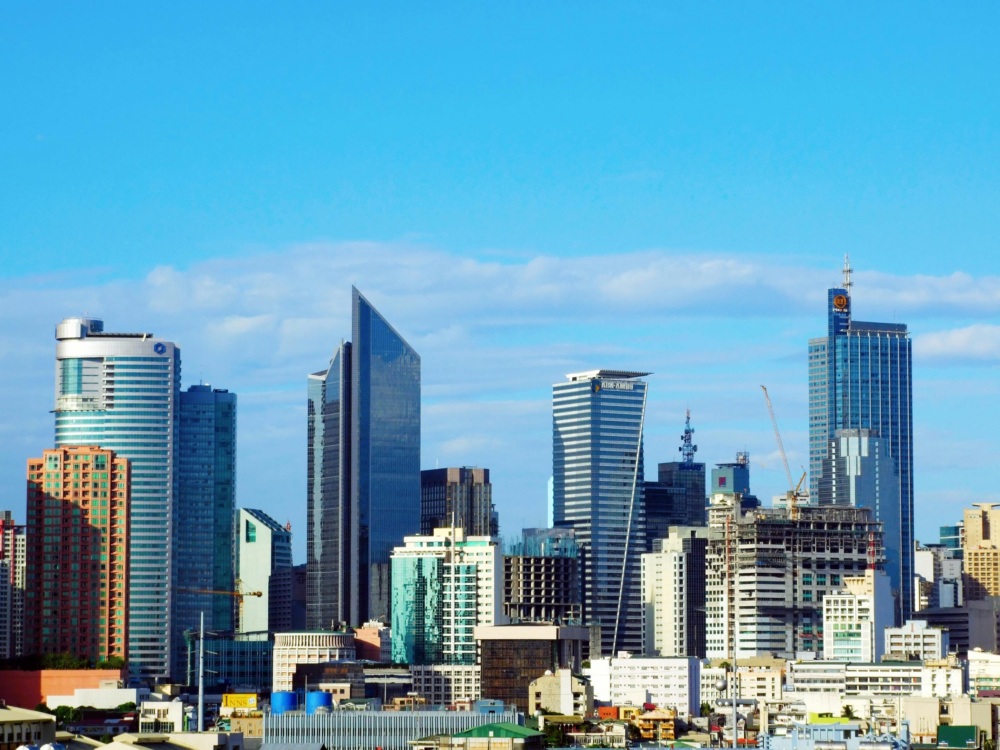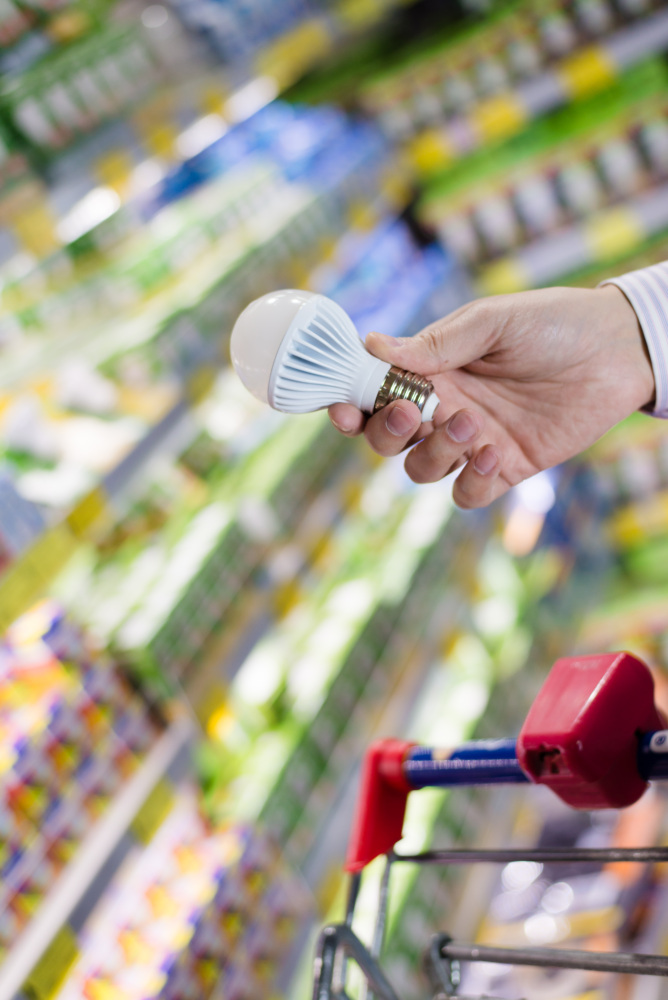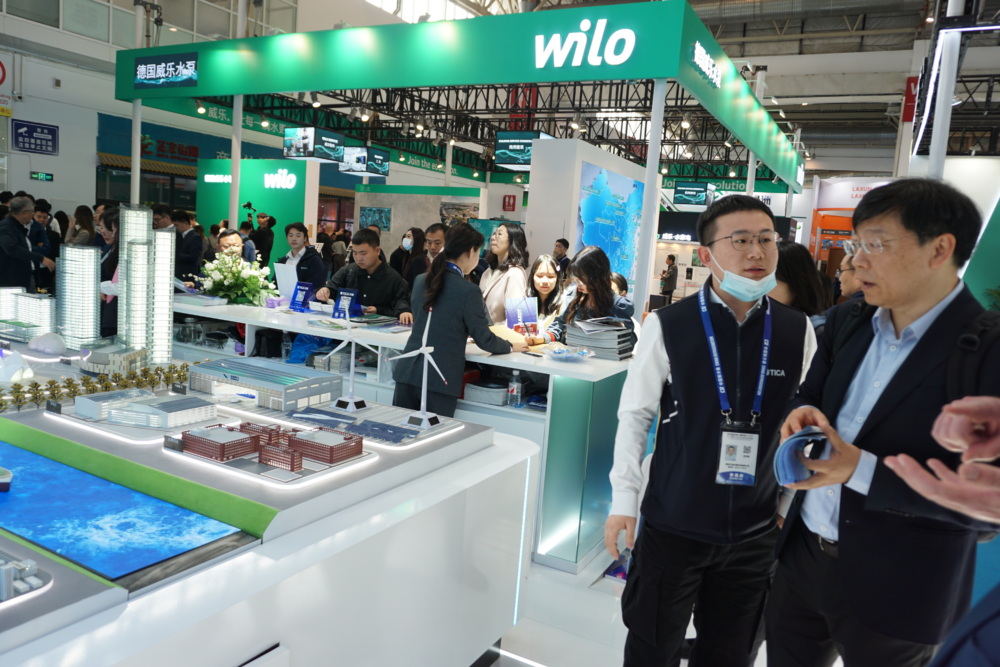Air Purifier Efficiency in the Spotlight as Global Interest Grows
The market for room air purifiers has expanded globally this year in response to concerns about the novel coronavirus and, in countries across the globe including the United States, Brazil, Australia, and Indonesia, a record-setting wildfire season that has caused dangerously bad air quality.
Google trends data shows that searches for the term “air purifier” have increased about 70% worldwide over the last 12 months, during a period when people have spent more time indoors due to the pandemic. One factor in that trend: evidence that the coronavirus can be transmitted through the air, especially in indoor and poorly-ventilated environments. Health websites such as the Mayo Clinic News Network have suggested that using a good quality air purifier could reduce infection risk.
An intense wildfire season, including California’s first “gigafire” – consuming more than one million acres of land and exposing 1 in 7 Americans to unhealthy levels of smoke – is also spurring air quality concerns. Record temperatures and severe drought are exacerbating fire conditions around the world. As the effects of climate change intensify globally, experts believe longer summers will continue to extend the duration of fire season in vulnerable areas.
Climate change can also contribute to low air quality in other ways. For example, researchers at Climate Central found that increased summer heat can lead to more “stagnation events,” in which a stationary dome of hot air causes pollutants to become trapped and persist in the lower atmosphere. Air pollution, in turn, drives further climate change: fossil fuel power plant emissions and refrigerants leaked from some air conditioning systems and refrigerators both exacerbate global warming.
The energy efficiency policy landscape for air purifiers
There are few examples of energy efficiency standards for air purifiers among major economies. The US, China and Korea have mandatory or voluntary policies in place, while other major economies like the European Union and India do not address this type of appliance.
In the US, the ENERGY STAR label for room air cleaners has been in effect since 2004. Last year, the US Environmental Protection Agency began pre-certifying products to a new performance standard (taking effect on 17 October of this year) that increases efficiency requirements and evaluates product performance for the removal of smoke, rather than dust. Air purifiers certified under the new standard are on average 20% more efficient than non-labeled models, according to EPA. If all units sold in the US met the policy, which is now voluntary, it would avoid 9 billion pounds (4 Mt) of greenhouse gas emissions annually.
Also in the US, the Appliance Standards Awareness Project
is leading an effort to establish mandatory state-level efficiency policies, though no state has yet adopted them. The proposed policies would be equivalent to the previous ENERGY STAR standard and, if adopted nationwide, would reduce CO2 emissions by 2.3 Mt annually in 2035, and 23 Mt cumulatively through 2035.
China is a major manufacturer of air purifiers, and the Chinese domestic market accounted for 26% of global sales last year, driven by concern for poor outdoor air quality. China’s most recent air purifier efficiency policies went into effect in 2019 and establishes mandatory efficiency levels for domestic sales. The standards also require that government purchases meet a higher-than-minimum energy performance level.
As global temperatures rise and cause more extreme weather and air quality disruptions, sales of air purifiers will continue to grow. Policymakers should monitor sales of this increasingly important technology, and assess how adopting efficiency policies for air purifiers could support environmental, public health, and safety goals.

